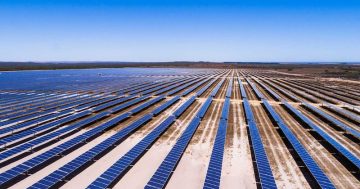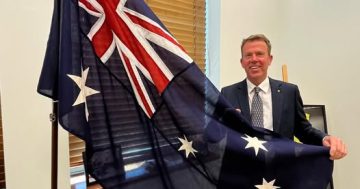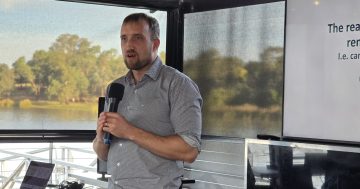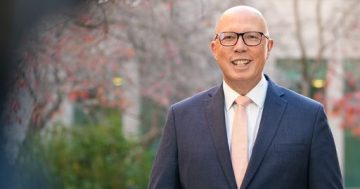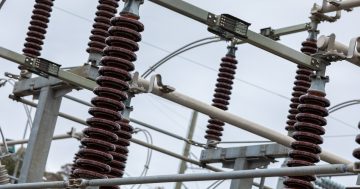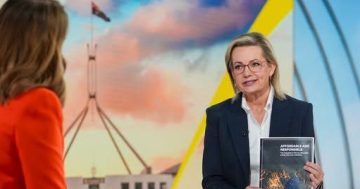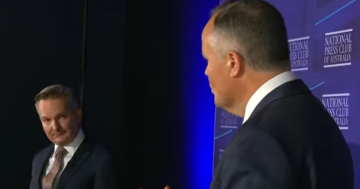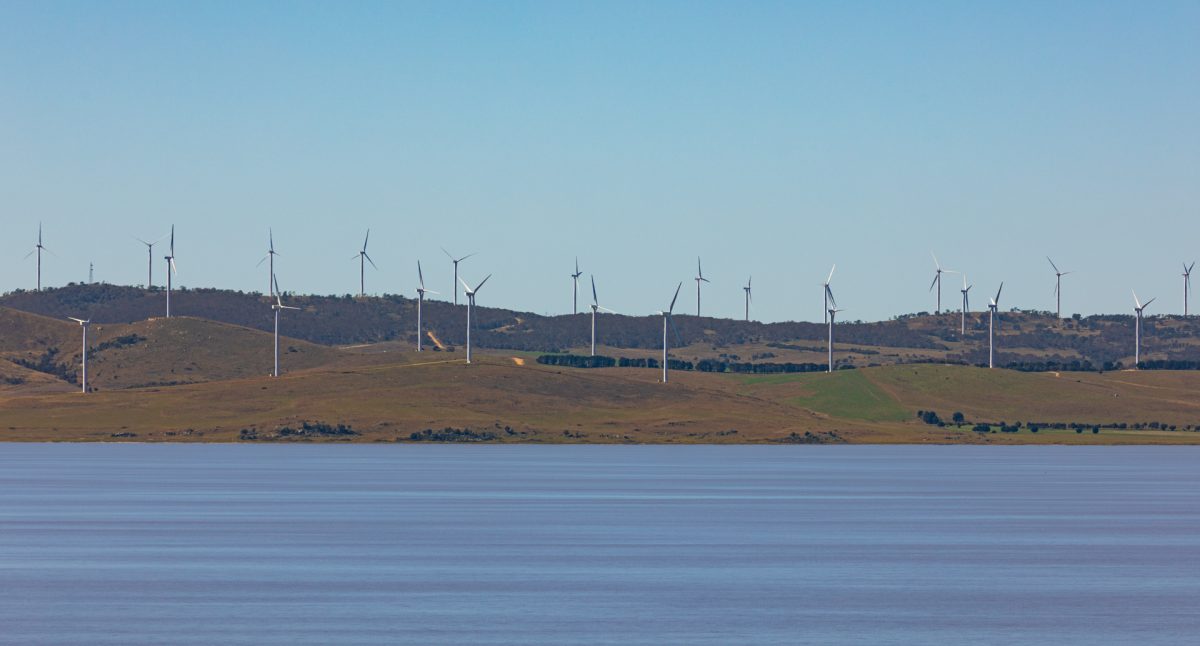
Solar and wind represent the cheapest form of electricity generation technologies for the future, according to the latest GenCost report. Photo: Michelle Kroll.
Renewables remain the lowest-cost electricity generation technology in Australia, but only just, and a mix of technologies is necessary to secure future energy supply.
That’s according to CSIRO’s final GenCost report, providing cost data and modelling for a range of new-build electricity generation technologies.
The report also says small modular reactors are the most expensive form of energy generation, and that rising construction costs and supply chain constraints for some technologies remain a challenge.
But the Coalition insists the Federal Government is not being transparent with all the data it has on the costs of renewables.
Shadow energy minister Dan Tehan has called for the release of the total modelling for the GenCost report.
“CSIRO won’t release the modelling on these costs they’re putting forward,” Mr Tehan said.
The report states on page 23: “A request raised across several consultation cycles is for more detail and background information on the system modelling carried out to estimate variable renewable integration costs.
“The modelling tool used to carry out these calculations is not suitable for general release.”
Mr Tehan issued a “please explain”, wanting to know what the government is hiding and why the modelling is being withheld.
“This is our leading scientific organisation, and it won’t release the modelling on these costs that they’re putting forward,” he said.
“And it goes on to say that they’ll do more work.
“Well, surely, when it comes to our electricity grid, the government should have already done that work, especially when they made a commitment to the Australian people to reduce their power bills by $275 by the end of this year.
“Nothing in this report goes to that fact. As a matter of fact, all we see now is our leading scientific organisations saying that they can’t release that modelling.
“Well, I think the government needs to explain why.”
Opposition Leader Sussan Ley described it as “further lack of transparency” in the government’s “continuing train wreck of an energy policy”.

Shadow ministers Dan Tehan and Jonathon Duniam join Opposition Leader Sussan Ley in criticising the government’s energy plan. Photo: Andrew McLaughlin.
CSIRO’s chief energy economist and GenCost lead author, Paul Graham, said fewer submissions were received in the stakeholder consultation process than in previous cycles, but the report reflected a broader range of perspectives.
“Most input we received focused on technologies already in development or under construction, such as pumped hydro, wind, solar photovoltaics, gas, solar thermal and electrolysers,” Mr Graham said.
“The strength of GenCost lies in collaboration. We depend on the deep expertise of the electricity industry because no single organisation can track every technology in detail.”
The GenCost report is released as a collaboration between CSIRO and the Australian Energy Market Operator (AEMO).
It found that a mix of technologies will be required to ensure system reliability and flexibility over the long term.
Renewables, being wind and solar, backed by storage and transmission, remained the lowest-cost new-build electricity generation technologies.
Gas with carbon capture and storage and large-scale nuclear are the next lowest cost options, but as neither is currently deployed for electricity generation in Australia, they could be subject to longer lead times and “first-of-a-kind premiums”.
Small modular nuclear reactors remain the highest cost option.
CSIRO’s director of energy, Dietmar Tourbier, said GenCost is Australia’s most comprehensive source of electricity generation cost projections, supporting evidence-based decisions across the sector.
“GenCost delivers transparent, independent cost estimates that feed directly into electricity system modelling and investment planning,” Dr Tourbier said.
“We refresh forecasts annually using the best available data at the time to ensure GenCost reflects current market conditions and remains a trusted benchmark.
“By drawing on expert input from across the electricity sector, GenCost reinforces CSIRO’s role as a neutral source of scientific insight to help guide Australia’s energy transition,” he said.
AEMO’s manager of system design, Merryn York, said GenCost is one of several key reports that help support Australia’s energy system planning.
“AEMO supports the CSIRO, as the author of the GenCost report, by commissioning current generator capital cost estimates,” Ms York said.
“We’ll use the capital costs for generation and storage from GenCost in the upcoming Draft Integrated System Plan in December.”
Following consultation, cost projections for most technologies have been revised upwards, despite continued declines in solar PV and battery costs.
Key drivers of these changes include new data indicating sustained long-term increases in Australian construction costs and the inclusion of work camp costs in capital estimates for future wind projects.
Other drivers include market intelligence suggesting global gas turbine supply may lag demand in coming years, and an increase in capital financing rates to align with assumptions in other major studies.
Original Article published by Chris Johnson on Region Canberra.


